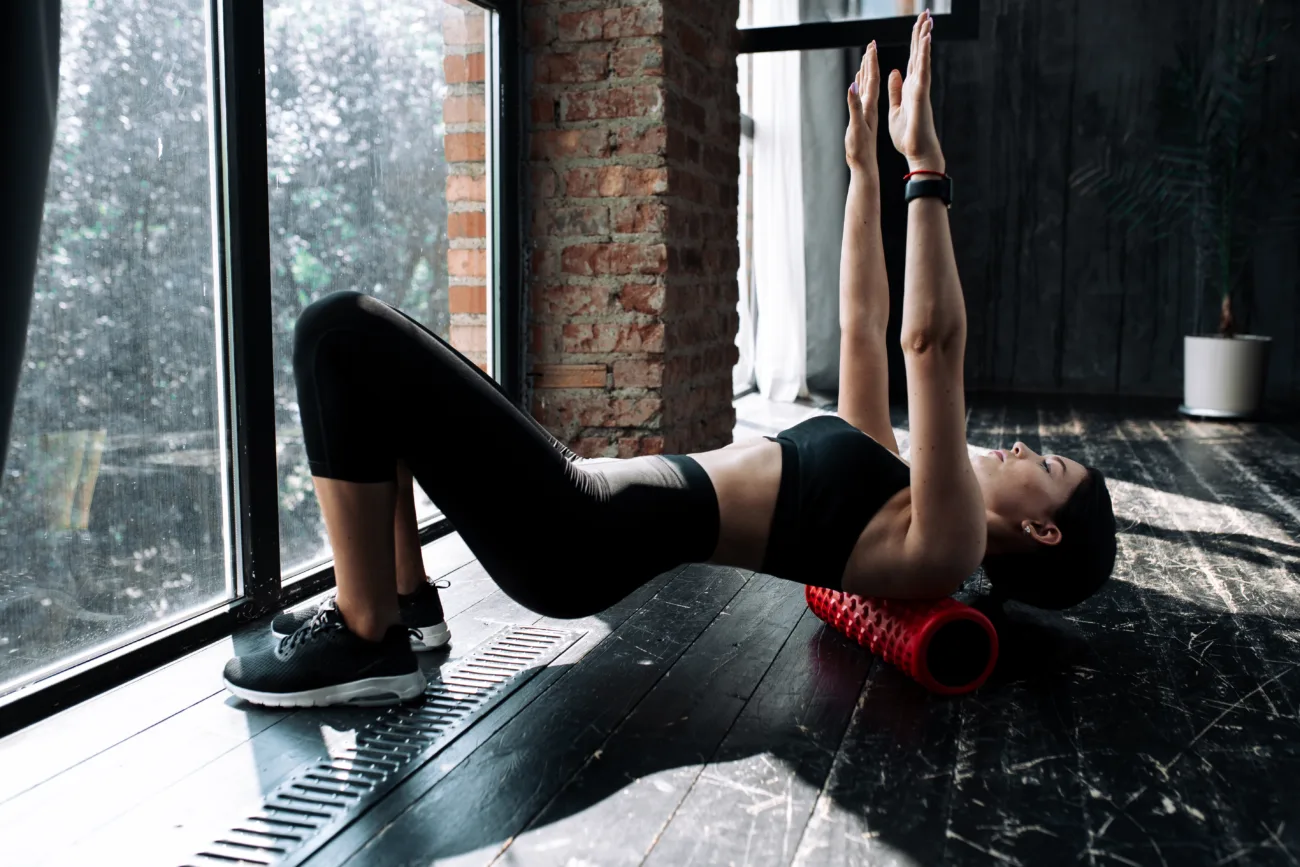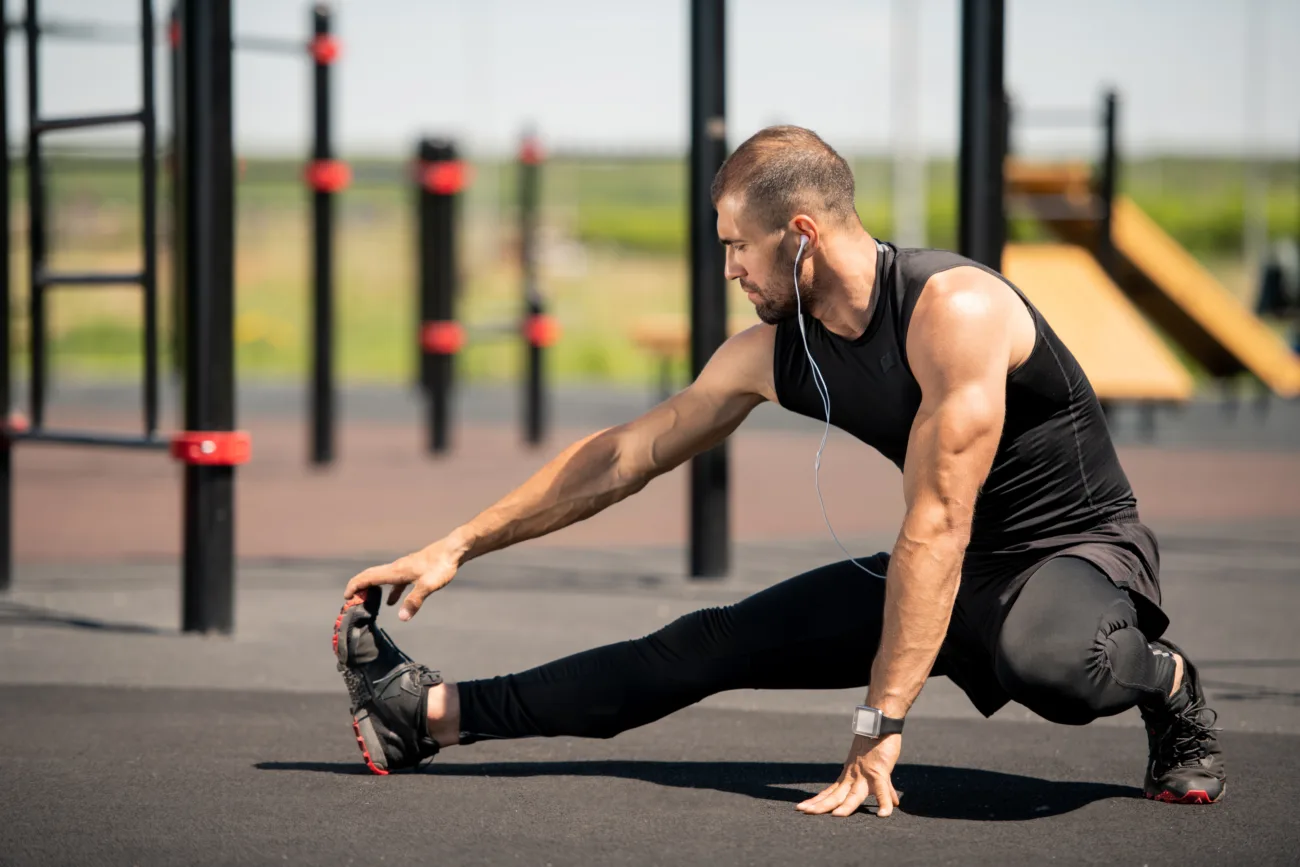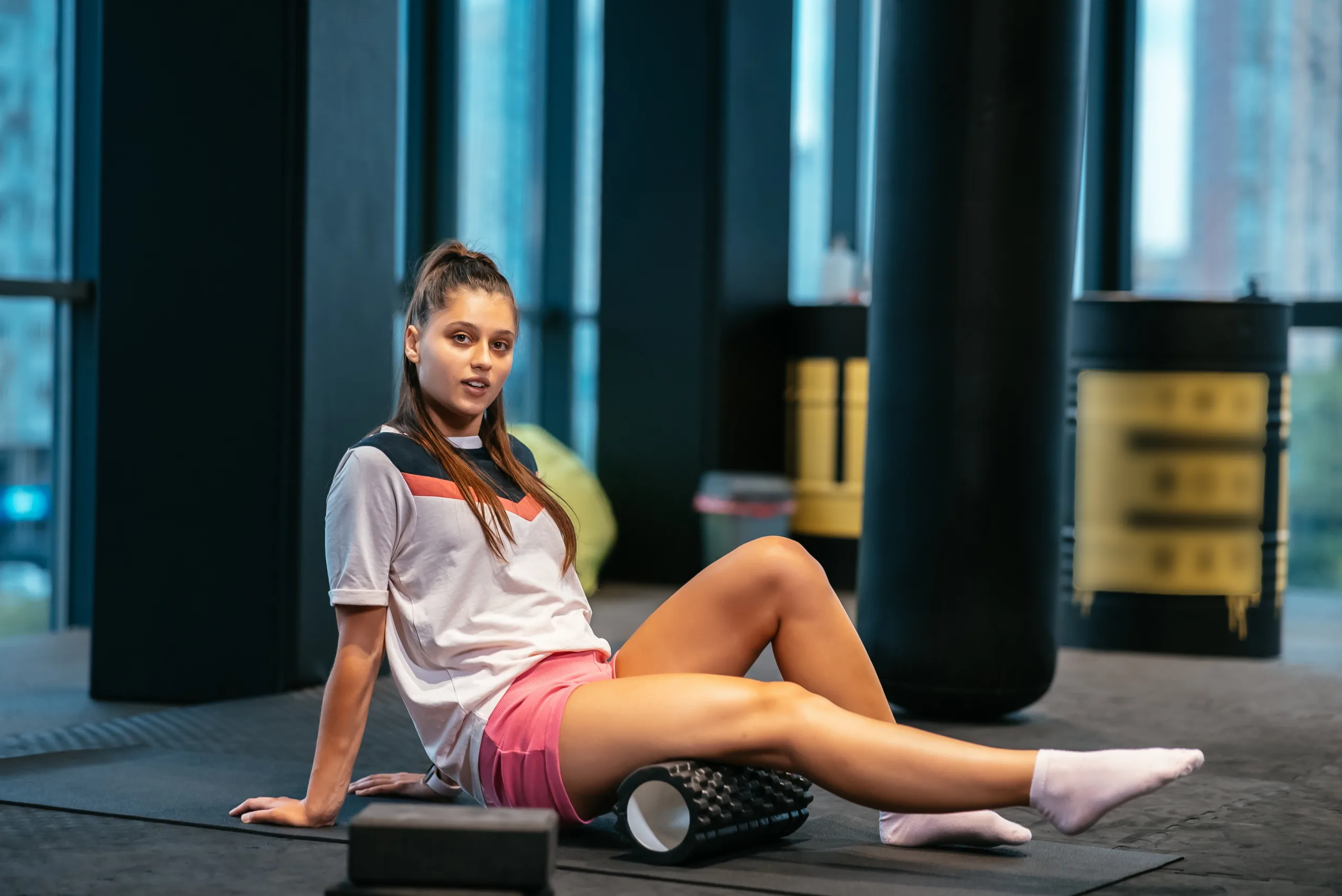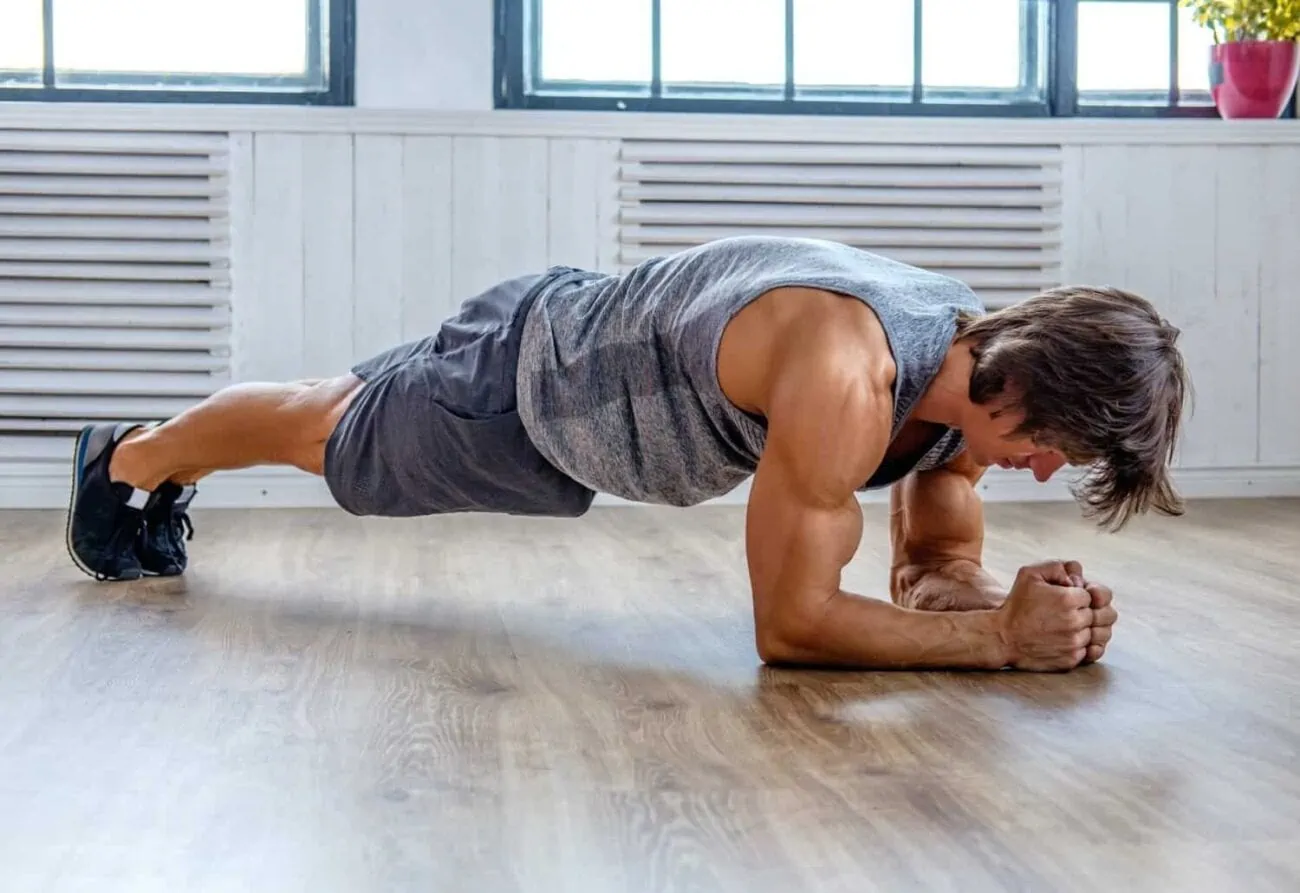Recovery from training is as important as the training itself.
This is the time your body takes, after physical activity, to repair the damage caused, rebuild itself and become stronger.
Muscle pain is extremely common, which is normal on the one hand.
It's normal when you have an above-average workout, in which you increase several of your usual loads, to lead to discomfort in the following days.
However, if this is not the exception but the rule, something is most likely wrong.
Inadequate recovery can result in injuries, decreased performance and muscle pain over a long period of time.
In this article we will discuss strategies for optimal recovery, and thus help you maximize your physical progress.
If you follow them, of course.
Understanding Exercise Recovery
Training recovery is the process of allowing your body to repair and rebuild itself after physical activity.
This includes resting your muscles, replenishing energy stores, and repairing any muscle damage caused by exercise physicist.
Recovery is critical to advancing fitness because it allows your muscles to recover, adapt and get stronger.
This, in turn, can result in better performance and less muscle pain.
The Importance of Sleep and Rest
Rest and sleep are two essential parts of the post-workout recovery process.
While you may believe that your muscles only repair themselves during exercise, most recovery and growth occurs during rest and sleep.
You can maximize the benefits of your training and improve your overall fitness by giving your body enough rest and sleep.
The Importance of Rest in Recovery
Rest is necessary for your muscles to recover after physical activity.
Physical exercise causes microscopic tears in your muscle fibers.
These tears are repaired and muscle tissue is strengthened during rest.
Rest also allows your energy reserves to replenish, which is important for your next workout. Without energy it will be difficult to train.
By giving your body enough rest, you can ensure your muscles have enough time to recover for your next gym adventure.
Sleep is Essential for Recovery
Sleep is also essential for post-workout recovery.
During sleep, your body produces growth hormones, which help with muscle repair and growth.
Adequate sleep also helps reduce stress, which is essential for reducing inflammation and promoting recovery.
Additionally, adequate sleep is necessary for proper hormonal regulation, including testosterone levels, which are involved in muscle growth and repair.
But not all sleep is the same, and it's not enough to look at the time you spend sleeping, but also at the quality of it.
Here are some suggestions to also improve the quality of your sleep.
Suggestions for Increasing the Quality and Quantity of Sleep
To maximize the benefits of sleep for training recovery, it is essential to prioritize sleep and ensure adequate quality sleep.
Here are some suggestions for increasing the quality and quantity of sleep:
- Establish a sleep pattern consistent, going to bed and waking up at the same time every day.
-
Create a relaxing sleep routine, such as reading a book, taking a warm bath, or practicing mindfulness.
-
Limit screen time before bed. Blue light from screens can interfere with the production of melatonin, known as the sleep hormone, making it more difficult to fall asleep.
-
Create a favorable environment for sleep. To promote restful sleep, make your room cool, dark and calm.
Rest and sleep are essential parts of the post-workout recovery process. You can maximize the benefits of your training and improve your physical progress by prioritizing rest and sufficient quality sleep.
Nutrition for Training Recovery
Nutrition is another fundamental element for post-workout recovery.
Consuming the right nutrients helps replenish energy reserves, repair muscle damage and reduce inflammation.
For the post-workout meal you can find our article What to eat before and after training, which addresses exactly this topic.
Don't forget about hydration either.
Stretching and Foam Rolling: Post-Workout Recovery Techniques
Stretching and Foam Rolling are two common post-workout recovery techniques.
Both techniques can help with muscle pain, mobility and performance.
Let's look at the benefits of stretching and Foam Rolling, including how to incorporate them into your post-workout recovery routine.
The Advantages of Stretching
Stretching is a technique that involves gradually lengthening a muscle or group of muscles.
Stretching has a number of advantages for post-workout recovery, including:
- Help reduce muscle pain by increasing blood flow and encouraging the removal of waste products from the muscles.
-
Stretching on a regular basis can help improve your range of motion and flexibility, making it easier to perform exercises and movements correctly.
-
Improving mobility and flexibility can also improve performance, allowing you to move more freely and efficiently during physical activity.
Recommendations on Stretching Technique
Stretching must be done correctly to obtain the best performance from it.
In general, we can say that these recommendations apply to the vast majority of these movements.
- Stretch for at least 15-30 seconds to allow the muscles to fully lengthen.
-
To avoid sudden movements or jumping, stretch slowly and gently.
-
Stretch until you feel tension but not pain.
-
Take a deep breath and relax as you stretch to help release muscle tension.
The Advantages of Foam Rolling
Foam Rolling is a technique that involves applying pressure to specific muscle groups with a foam roller. Foam rolling has a number of benefits for post-workout recovery, including:
- Reduce muscle pain: Foam rolling can help improve blood flow and reduce muscle pain by applying pressure to specific muscle groups.
-
Improve mobility: Foam roller can also help improve mobility by breaking down adhesions and muscle knots.
-
Improve performance: Improving mobility and muscle pain can improve performance, allowing you to move more freely and comfortably.
How to use Foam Rolling
Proper technique is essential to getting the most out of Foam Rolling.
Here are some suggestions to make the most of this equipment, again in general terms, but applicable to most movements.
- Roll over the target muscle group slowly and methodically.
-
Apply moderate pressure, but not to the point of pain.
-
Roll the roller over sensitive areas for 15-30 seconds to help break up any adhesions or knots.
-
Take a deep breath and relax as the foam rolls to help release muscle tension.
Finally, stretching and Foam Rolling are two effective post-workout recovery techniques.
You can reduce muscle pain, improve mobility and increase performance by incorporating these techniques into your routine.
To get the most out of these techniques, remember to use the proper technique, and if you're not used to them, take it easy.
Other Post-Workout Recovery Methods
Massage, ice therapy, and compression are some other recovery techniques.
Massage can help improve circulation and relieve muscle pain.
Ice therapy can help reduce inflammation and pain, while compression therapy can help improve blood flow and muscle recovery.
It is essential to know when and how to use these techniques effectively, but obviously they are less financially accessible techniques compared to those discussed above.
Including Post-Workout Recovery in Your Routine
Making recovery a priority is key to reaching your fitness goals.
Schedule rest days, plan meals with recovery in mind, and incorporate stretching and foam rolling into your cool-down routine to incorporate recovery strategies into your routine.
Additionally, pay attention to your body and adjust your recovery techniques as needed.
Conclusion
Adequate recovery from training is essential not only to guarantee the best results in the gym, but also to feel good in your everyday life.
After all, who likes to always be in pain?
Use these techniques, stay consistent and don't expect miracles from one day to the next, especially if you have low mobility levels.
You will soon start to notice the difference.
Bonus
Although it wasn't mentioned in the article, there is still equipment that can help you a lot with your recovery.
We're talking about Massage Guns, which offer a deep massage whenever you want.
Widely used in professional competitive sports, if you think your recovery needs this extra, there's nothing like trying it out.
They come in different prices and formats. since this format from Decathlon's entry-level range, through this version of Prozis with an already high value, to Theragun Prime, the brand considered by many to be the best in the area and which you can find available here.
Tell us your secrets for a good recovery in the comments!







Vielen Dank für die hilfreichen Tipps. Ich werde den Tipp mit der Therapie für die Kompressionstherapie in my Training integrieren. Ich bin zurzeit sehr erschöpft nach dem Training und vielleicht regeneriert sich mein Körper so schneller.